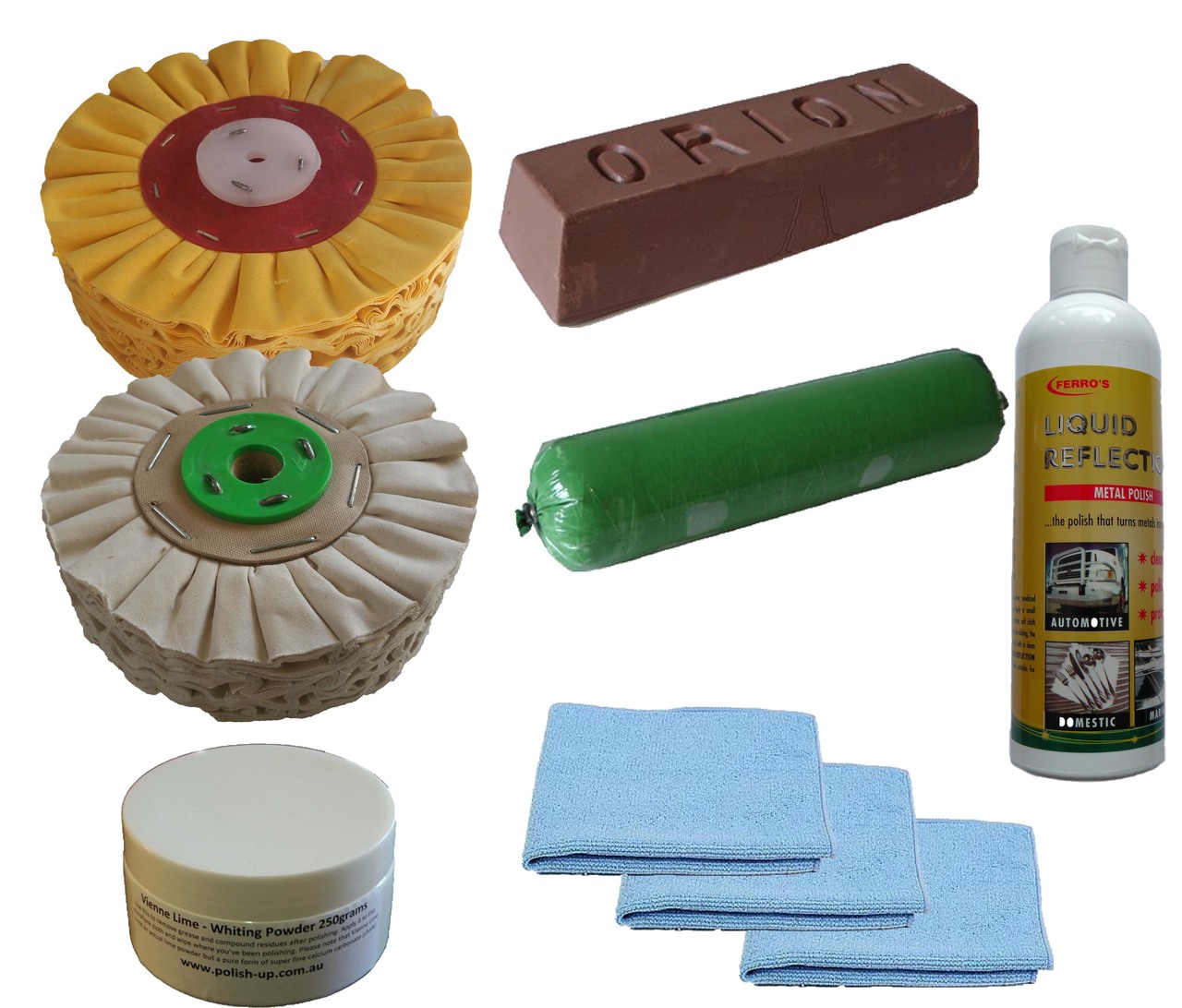Introduction: Alloy polishing is a crucial process in enhancing the aesthetic appeal and performance of various metallic items. Whether it's jewelry, automotive parts, or industrial components, the meticulous craft of alloy polishing transforms raw materials into gleaming, refined masterpieces. This article explores the art and science behind Alloy Polishing, shedding light on the techniques, benefits, and applications that make it an indispensable aspect of metalworking.
Understanding Alloys: Alloys are metallic substances composed of two or more elements, typically metals, combined to achieve specific properties. Common alloys include stainless steel, bronze, and brass. While these alloys boast superior strength, corrosion resistance, and durability, the alloy polishing process elevates their visual allure, making them stand out in terms of both form and function.
The Science of Alloy Polishing: Alloy polishing is a multi-step process that involves removing imperfections, smoothing surfaces, and enhancing shine. One of the primary techniques used is abrasive polishing, where abrasives like polishing compounds, sandpaper, or polishing wheels are employed to remove surface irregularities and scratches. The choice of abrasives depends on the alloy type and the desired finish.
Chemical polishing is another method that involves the use of specialized chemical compounds to dissolve and remove surface layers, resulting in a smooth, reflective surface. Electrolytic polishing utilizes an electric current to remove surface material selectively, achieving a mirror-like finish.
Applications of Alloy Polishing:
Jewelry and Ornaments: Alloy polishing plays a pivotal role in the jewelry industry, enhancing the brilliance of gold, silver, and platinum. Precise polishing techniques bring out the luster and shine of gemstones, making jewelry pieces captivating and luxurious.
Automotive Industry: Alloy wheels are a common feature in modern vehicles, prized for their lightweight and durable nature. Alloy polishing not only contributes to the aesthetic appeal of these wheels but also protects them from corrosion, ensuring longevity.
Industrial Components: In industrial settings, alloy polishing is crucial for components like valves, fittings, and machine parts. The polished surfaces reduce friction, resist corrosion, and contribute to optimal functionality.
Medical Devices: Alloy polishing is essential in the manufacturing of medical devices and implants. The smooth and polished surfaces of these devices minimize the risk of bacterial adhesion and corrosion, ensuring patient safety.
Benefits of Alloy Polishing:
Enhanced Aesthetics: Alloy polishing brings out the inherent beauty of metals, creating visually stunning and sophisticated products.
Improved Corrosion Resistance: Polished alloys are less prone to corrosion, making them ideal for applications in various industries, including marine and aerospace.
Increased Durability: The removal of surface imperfections through polishing contributes to the overall durability and lifespan of alloy products.
Conclusion: Alloy polishing is an intricate blend of art and science that transforms ordinary metal into extraordinary masterpieces. From jewelry to industrial machinery, the meticulous polishing process elevates the aesthetics, durability, and functionality of alloys, leaving a lasting impact on diverse industries. As technology and techniques continue to advance, the future of alloy polishing promises even more innovative and efficient methods for unlocking the brilliance of metallic creations.
check out our site for more details:-





Comments